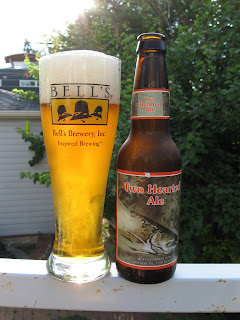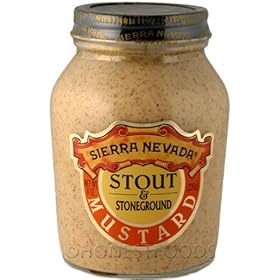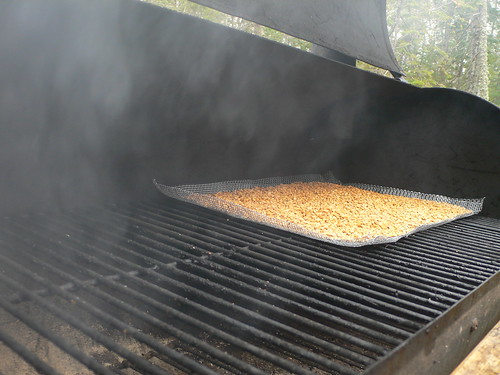So like most homebrewers I do not like to waste anything and try to make the most of what I have. I have not brewed in awhile so I think it's time to make something up. Problem is, I don't really have the funds right now for a trip to the local homebrew shop. Always sucks when starting an new job that has a pay period 2 weeks behind. Luckily I have everything I need in the house that will give me one interesting IPA.

A few years ago I purchased a Mr. Beer kit for my brother. I was at my parents a few months ago and found it stashed in the basement untouched. Since I drove, I decided to take it back with me seeing as he wasn't going to use it and maybe I could do something with it. I opened up the box to find three liquid malt extracts that have expired recently. Well, not wanting something to go to waste I have decided to use all three in this next brew. They are not long expired and recently one of the brewing magazines published something about using older malt extracts. Plus, this is an IPA recipe so I am hoping the hops shine more than the malt. I have a Pale Ale, Vienna Lager, and Wheat beer LME and think they will do just fine in whatever I come up with. I will do the calculations in a few days but since each can is supposed to make a 2 gallon batch, 3 should work out perfectly for an IPA. I will just need to add some more sugar to bump it up and I think I have some dry malt extract lying around and might use some corn sugar.

As for the hops, my freezer has been stocked with at least 14 different varieties for a good while now. What I need to decide is what I want to use and how much of a hop bomb this is going to be. I have all the classic IPA hops like cascade, centennial, amarillo, chinook, etc. I will probably utilize at least 4 if not more of some of the older stuff I have in there.
The yeast is simple, I always have an extra packet of Fermentis Safale 05 in the fridge. As a homebrewer, you will at sometime come up with an issue with some yeast and need a saftey net, so I always keep an extra pack of dry yeast in the fridge. I use the Safale 05 because it is pretty neutral and can handle some big alcohol beers.

The point of this post, other than going through my thought process, is that one of the key skills to have as a homebrewer is being able to make something out of nothing. Maybe I shouldn't say nothing, but it's being able to assess what you have and make something out of it. There would not have been styles like the Cascadian Dark (black IPA), California Common, or even for that matter the IPA if there hadn't been a brewer somewhere willing to go away from the norm and experiment with what they had for what they needed. Brewing for style is great if all you do is competitions, but there is another type of accomplishment when you create something that no one has ever tried before. Go out there and make that hoppy oktoberfest or double imperial chocolate stout. Brew on!





































